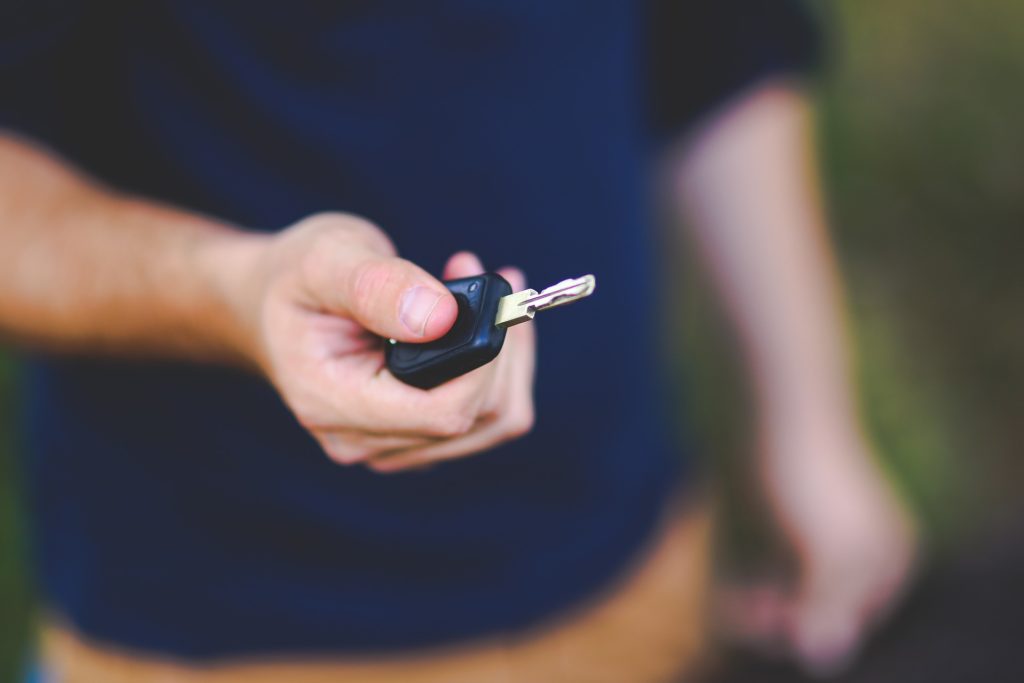Freedom! As a teen, isn’t that what you are thinking now that you finally have your driver’s license and can drive on your own? You must remember that with more independence comes greater responsibility. You’ve had to work hard to get to this point, so make sure that you don’t do anything to jeopardize your new privilege. As a new driver, there are several key points to remember and follow in order to stay safe on the roads and highways.

What have you learned so far?
To get to this point, you must have passed your driver’s test and practiced driving with a licensed driver. Hopefully, you have spent time observing your parents and asking lots of questions. Learn from your parent’s experience. Once you get behind the wheel and drive out of the driveway, your actions can affect every vehicle and every person you come into contact with. It is important to fully understand the legal and financial repercussions of driving. If you don’t feel comfortable with this responsibility, then you should not be driving.
Don’t make the same mistakes that so many other young drivers do.
Common driving mistakes made by teens include:
- speeding
- not wearing a seat belt
- following too closely to other vehicles
- using a cell phone while driving
- becoming distracted or influenced by other passengers
- not merging into traffic safely
- drinking and driving
- and driving while fatigued.
Being aware of these mistakes is one of the first steps in preventing them.
Maintaining a safe vehicle is also part of being a responsible driver.
Whether you have your own car or just drive the family car on occasion, make sure your vehicle is safe for the road before driving out of the driveway. Check the tires and make sure all the lights work. It is important to know how to use a tire gauge, know how to change a tire and know how to use jumper cables in case you ever need to.
Remain calm when behind the wheel.
How you react while emotionally compromised or under stress can have a great deal to do with how you drive. When you allow your emotions to take over you can become an aggressive driver, or even worse, commit road rage. What is the difference between the two? Aggressive driving occurs when you disregard road signs and rules of the road and put yourself and others at risk of being involved in a car crash. Road rage is a conscious act of violence against another driver on the road. Remaining calm at all times and keeping your emotions in check is critical to safe driving. Don’t allow your feelings towards other drivers or having a bad day dictate how you drive.
Car accidents are the leading cause of teen deaths in our country. Learning how to be a safe driver will reduce your risk of being involved in a car crash and having to live with the consequences of injuring innocent people on the road. In fact, learning to be a responsible, conscientious driver can prevent a car wreck and save your life.




